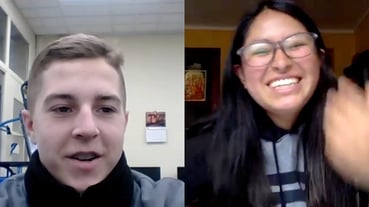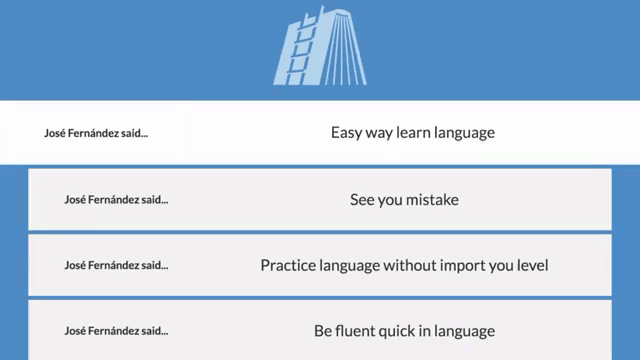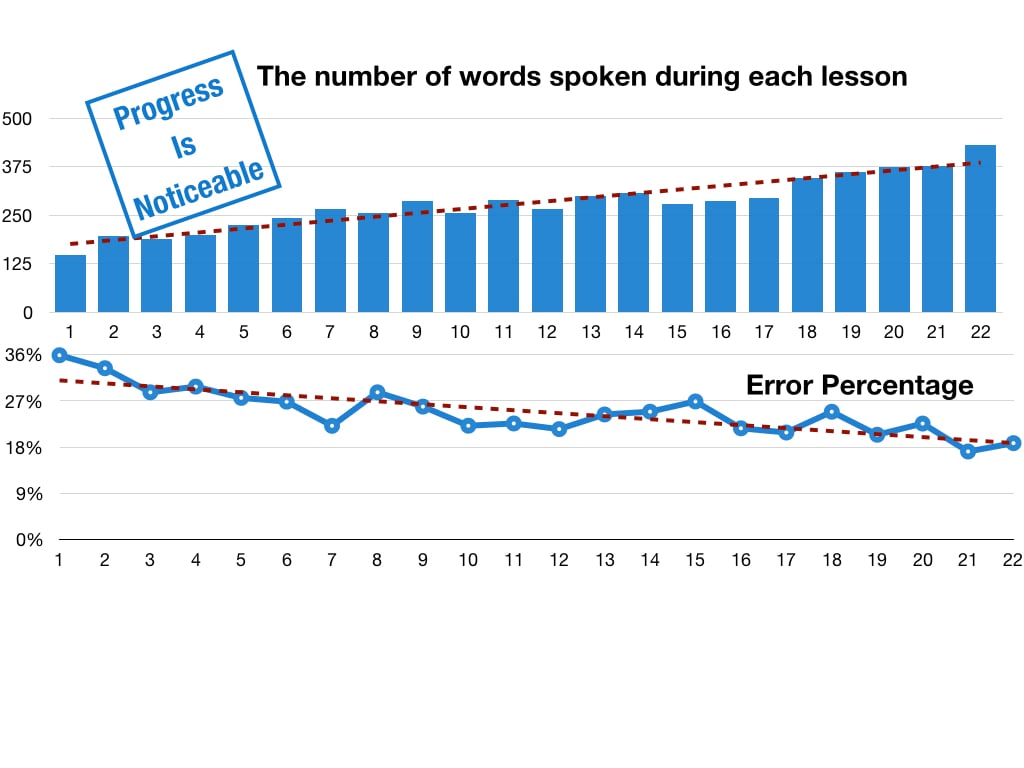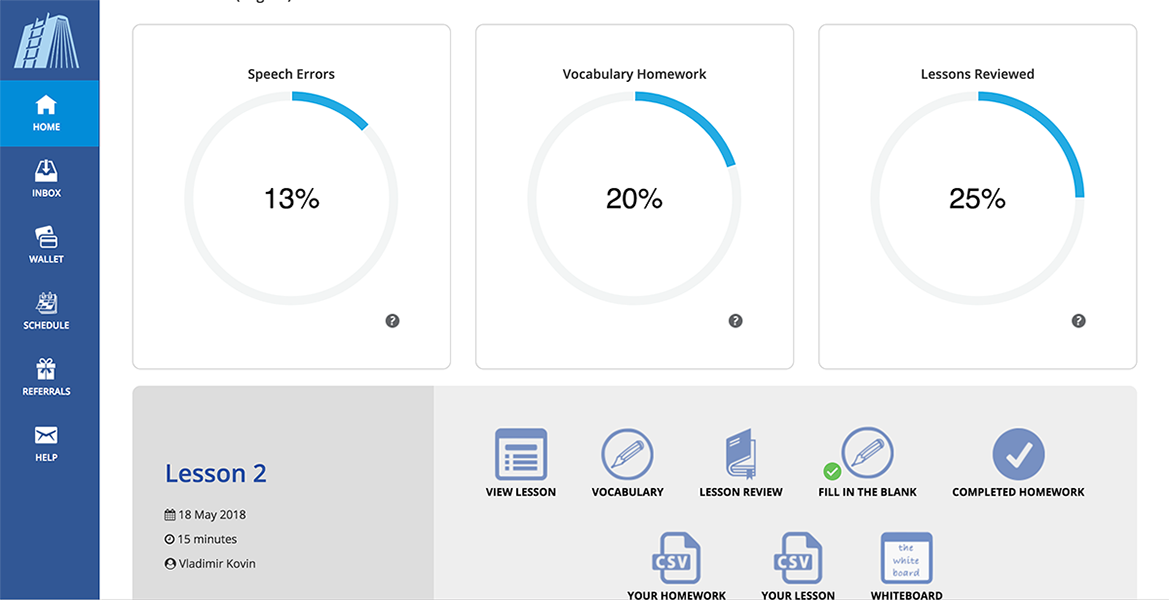An EdTech program for foreign language classes

We've talked here about what is missing in foreign language classes and we demonstrated that the one-to-many classroom setting is not ideal for the students to develop their speaking skills in a foreign language...and even less so in a virtual classroom. Now with a vast number of schools across the U.S. going online until September 1st 2020, foreign language teachers are increasingly incorporating EdTech in their teaching.
The OCTB EdTech program
Even before the pandemic started, Overcome the Barrier had already begun a few pilot programs, working with K12foreign language teachers in the US. It started connecting American high school students to peers abroad via an online platform for online language exchanges. Since the students participating in the program were studying Spanish, they were paired up with students in Latin America.
 Virtual language exchanges
Virtual language exchanges
Once a week, say on Monday, using free video conferencing, a student from an American high school calls a student in Colombia who is learning English and teaches him English. Then, on Thursday, they connect again and this time the student from Colombia teaches Spanish to the student in the U.S.
A fantasy? Not at all. These exchanges are already happening at Fishburne Military School in Virginia, and in a public school from the Morris Area District. Click here to listen to the testimonials from the teachers and students participating in the program.
Language immersion
High school students across the world have many common interests, and their natural curiosity will take over when it comes to the topics of discussion. That's how students learn when they #study_abroad. The foreign language teacher is still be able to set the tone for discussion and promote certain discussion points or grammatical guidelines.
 Students learn how to teach
Students learn how to teach
This is where our platform will be most helpful. It won't replace a four year degree of an actual teacher, but what it will give you is an insight into the conversational ability of the students. The 'instructing' student transcribes what the 'learning' student says word for word into the OCTB platform. Then the instructor makes corrections based on what he/she would have said as a native speaker.
The platform analyzes the corrections and helps the instructing student explain them. Don't worry, we will teach you first so you can guide them. By the way, you may want to share the transcripts with the English teacher to show how well the students did when making the corrections in English.
Learn more about language exchanges amongst students worldwide
Personalized Learning
The mistakes that were made during the lesson are transformed by the platform into fill-in-the-blank and multiple choice exercises. The learner will focus only on the mistakes that he/she made during the class, and practice the corrections in the personalized homework generated by the platform. Learn more about our platform here.
Lesson-by-Lesson progress reports
Progress is tracked on a lesson-by-lesson basis. We can see how fast the student spoke during the lesson (counting the amount of words said) and their error percentage. These graphs show whether the students are improving or not. If they speak faster and while making fewer mistakes, it's a good sign of improvement. Visualizing their mistakes will help them eliminate them faster.
Feedback
This is the most important part. You will have a transcript showing you how your students are understood in a natural language environment. You will be able to see what they learned and what gaps still remain. It will give you detailed insight to help plans lessons during the rest of the week.


